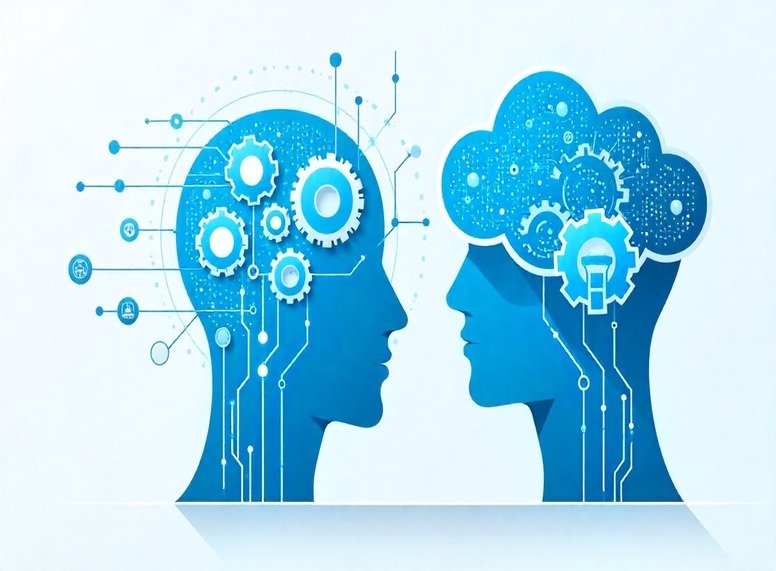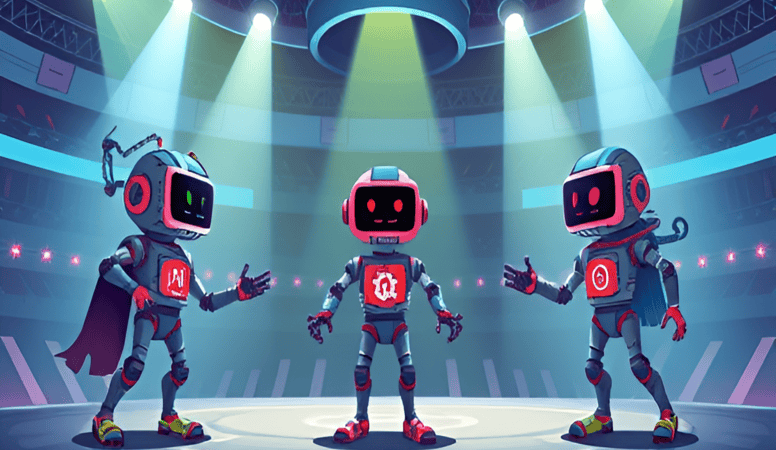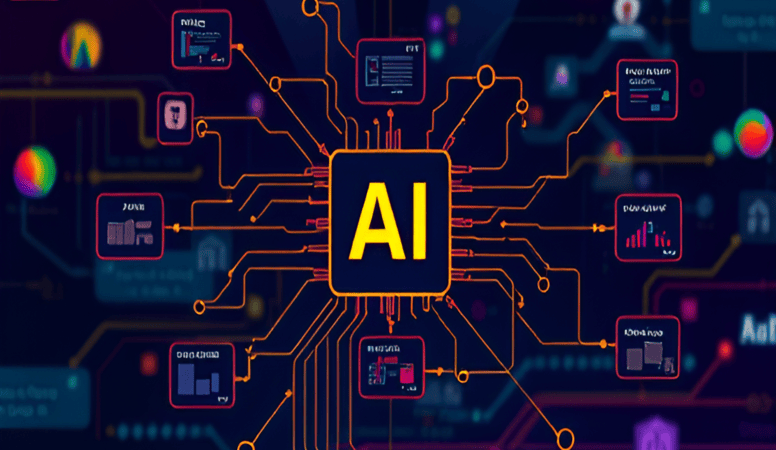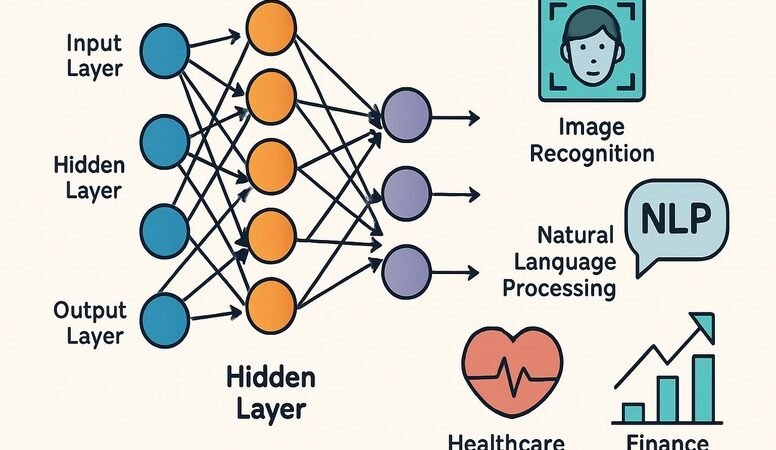Deep learning is a cutting-edge subset of machine learning that mimics the human brain using artificial neural networks. These networks, composed of multiple layers of interconnected neurons, excel at processing complex data hierarchically. This makes AI-powered learning models exceptionally powerful in tasks like image recognition, speech processing, and natural language understanding.
How Does “Deep learning technology” Works?
The model follows a systematic approach similar to other machine learning methods:
-
Data Collection: Gathering large volumes of relevant data.
-
Data Pre-processing: Cleaning, labeling, and formatting data for neural networks.
-
Model Training: Feeding data through neural network layers so the model learns patterns and relationships.
-
Evaluation: Testing the model on unseen data to assess its performance and generalization.
-
Prediction/Inference: Deploying the trained model to make predictions on real-world data.
The term “deep” refers to the multiple hidden layers within these neural networks, enabling them to model highly intricate patterns and relationships in data, far beyond the capability of traditional shallow networks.
Applications of Deep Learning
This is driving innovations across industries:
-
Computer Vision: Enhances object detection, facial recognition, and autonomous driving.
-
Natural Language Processing (NLP): Powers chatbots, virtual assistants, machine translation, and sentiment analysis.
-
Healthcare: Assists in diagnosing diseases through medical imaging and enables personalized treatment recommendations.
-
Automotive Industry: Fuels self-driving car technology by enabling real-time decision-making and environmental awareness.
-
Entertainment: Platforms like Netflix and Spotify use deep learning for personalized content recommendations.
For a more detailed overview of deep learning applications in various sectors, read our guide on AI Tools and Technologies.
The Future of “Deep Learning technology”
The future of deep learning is incredibly promising. Innovations in quantum computing, edge AI, and Internet of Things (IoT) are expanding its reach. Furthermore, researchers are constantly developing new neural network architectures like Transformers, which are revolutionizing NLP and beyond.
For insights on how deep learning intersects with emerging technologies, explore our article on AI in Cloud Computing.
Conclusion
Understanding this AI technique is equips you to appreciate its transformative role in artificial intelligence. From revolutionizing industries to shaping daily life applications, deep learning’s impact is profound and growing. Stay informed and explore its endless possibilities as this technology continues to evolve.








